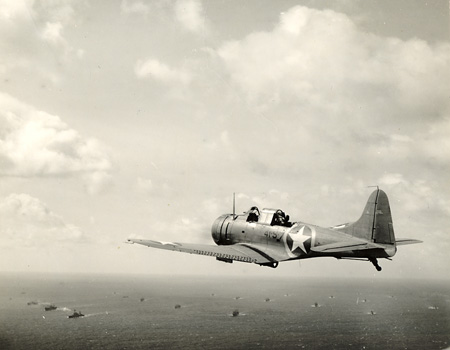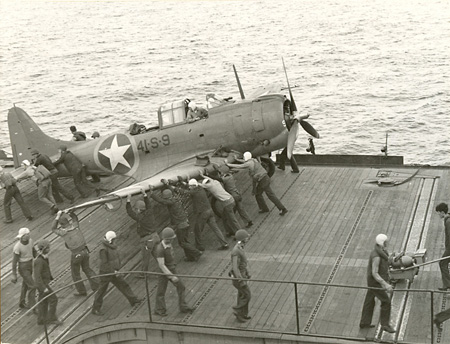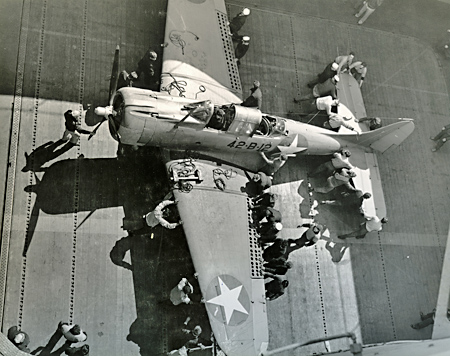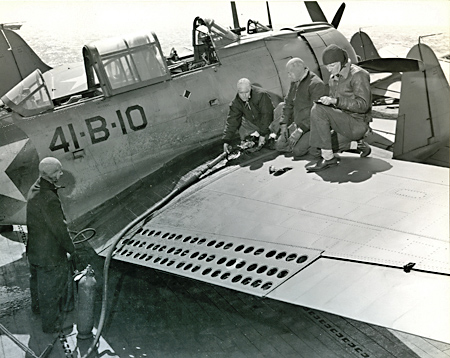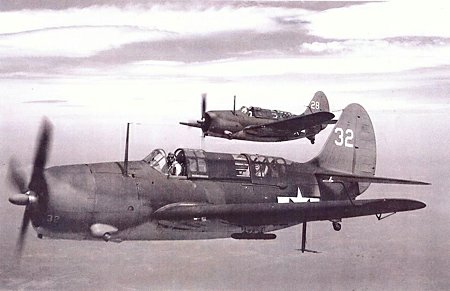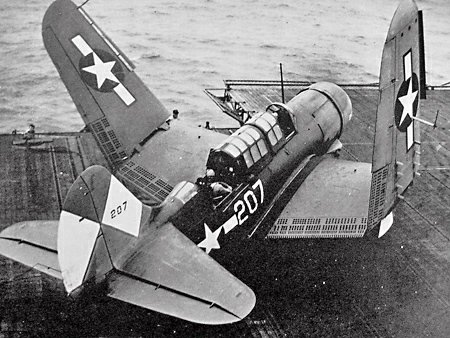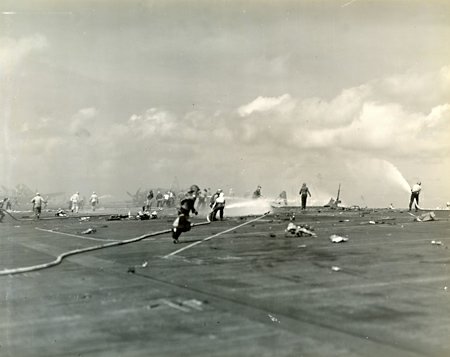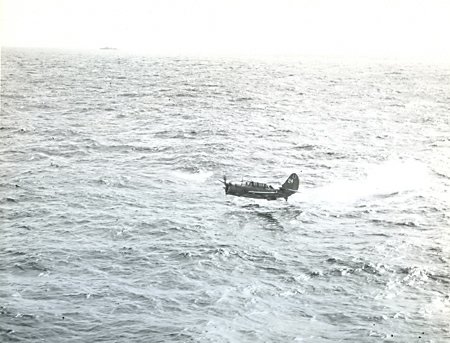|
|
||||||||||||||||||||||||
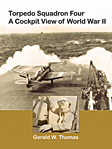 |
||||||||||||||||||||||||
|
|
||||||||||||||||||||||||
|
||||||||||||||||||||||||
|
|
||||||||||||||||||||||||
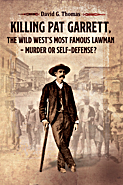 |
||||||||||||||||||||||||
 |
||||||||||||||||||||||||
 |
||||||||||||||||||||||||
|
|
||||||||||||||||||||||||
|
||||||||||||||||||||||||||||||||||||
|
Bombing 4 (VB-4) |
||||||||||||||||||||||||||||||||||||
|
Bombing 4 was known as the "Top Hatters." The "Top Hatters" designation has been traced by Thomas Gates from its origin as a Scouting Squadron to its final use by the jet squadron "Fighting Fourteen." Early in World War II, some of the pilots of VB-4 flew the Vought/Silorsky SB2U "Vindicators." This plane was not a satisfactory dive-bomber and was soon replaced by the Douglas SBD "Dauntless." The SBD served Bombing Four well as a dive-bomber, inflicting severe damage to the enemy during operations in North Africa and along the Norwegian Coast.
When Air Group 4 left the Ranger and reformed on the East Coast in the spring of 1944, VB-4 was assigned Curtis SB2c "Helldivers" to replace the reliable old SBDs. The Hellcat was faster and carried a larger bomb load, but was more difficult to operate as a carrier plane, earning the nickname "The Beast." VB-4 flew the SB2c while aboard the USS Bunker Hill in November 1944 for strikes against Japanese shipping and shore installations in the Philippians. On November 17, Air Group 4 (VB-4, VT-4, and VF-4) was transferred to the USS Essex. Aboard the Essex, VB-4 survived a Kamikaze attack on November 25, 1944, engaged in a number of strikes against the Japanese, and experienced the "Halsey Typhoon."
During World War II, the Top Hatters made a substantial contribution to the war effort and grieved the loss of a number of brave airmen. Photo: USS Rangerīs VB-4 Tophatters 1991 Reunion. The combat record of VB-4 is documented in the following:
See also: |
||||||||||||||||||||||||||||||||||||
|
Air Group 4 - "Casablanca to Tokyo" |
||||||||||||||||||||||||||||||||||||
|
|
||||||||||||||||||||||||||||||||||||
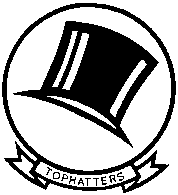 Bombing Squadron 4 (VB-4) was formed from various segments of the Scouting Squadrons VS-41 and VS-42 after the USS Rangerīs involvement in OPERATION TORCH in Morocco and Algeria in November, 1942 (See
Bombing Squadron 4 (VB-4) was formed from various segments of the Scouting Squadrons VS-41 and VS-42 after the USS Rangerīs involvement in OPERATION TORCH in Morocco and Algeria in November, 1942 (See 